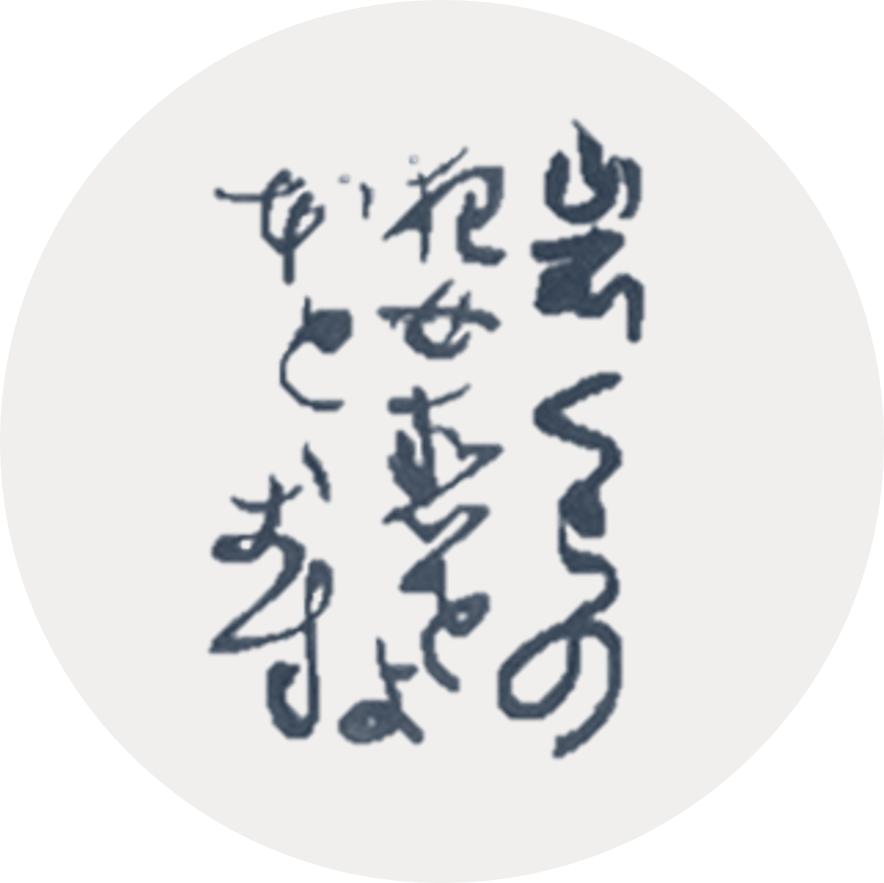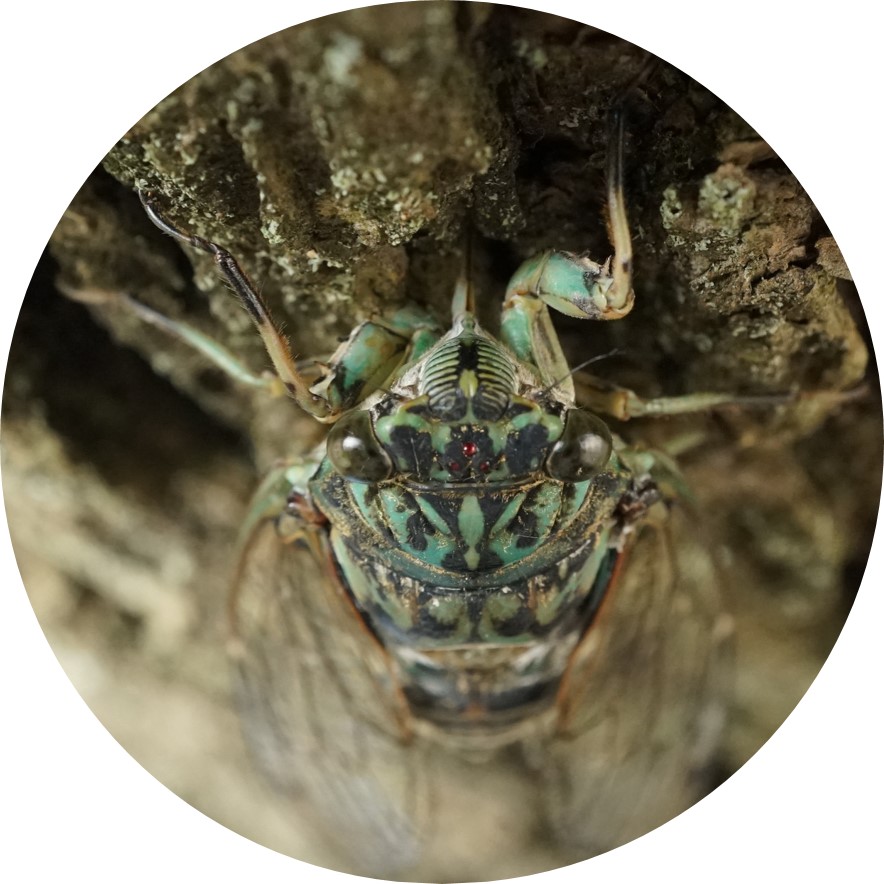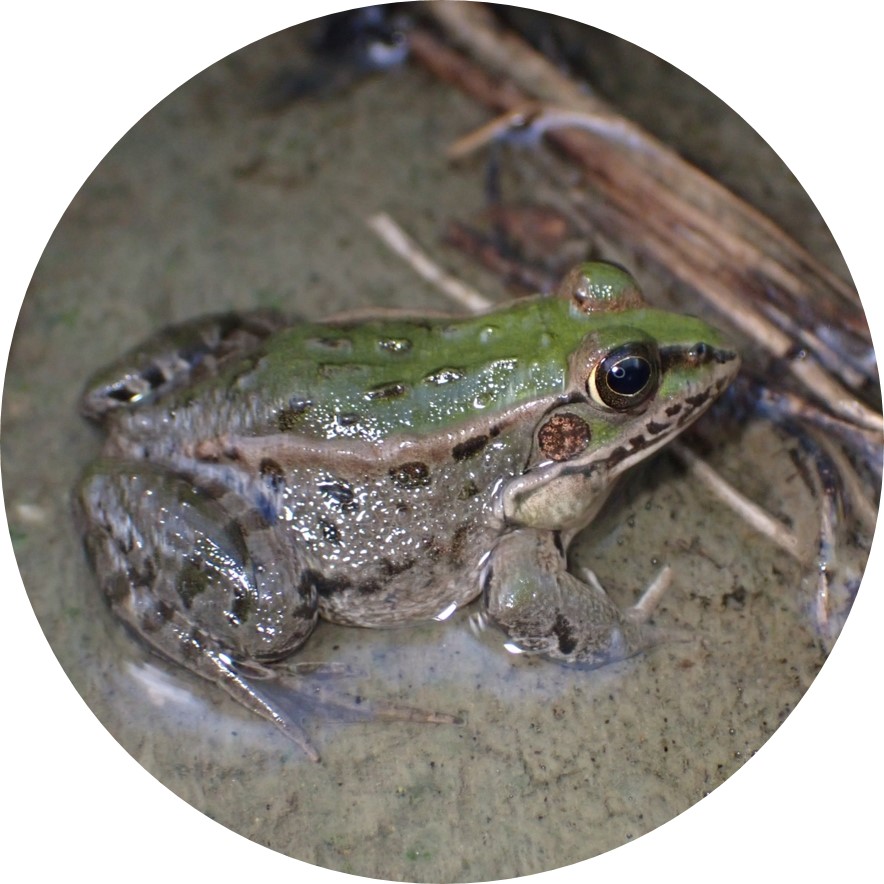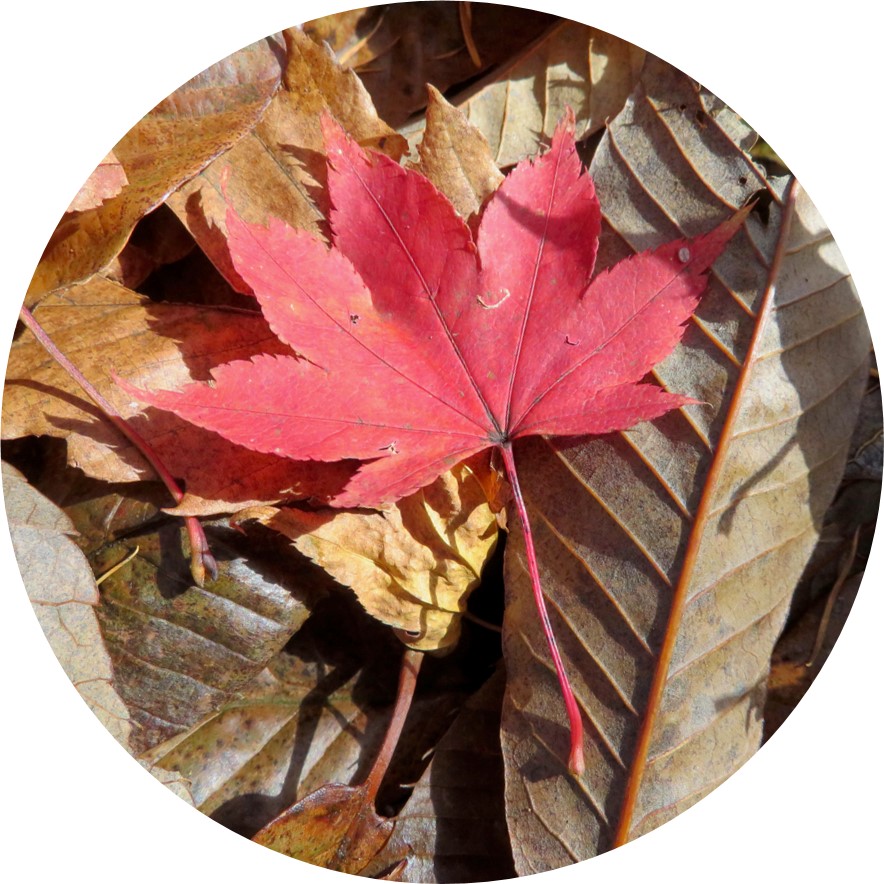Delve into haiku as a way of noticing and expressing the seasons.
Haiku is a traditional form of Japanese poetry that has existed for hundreds of years. Haiku poems contain words or phrases tied to winter, spring, summer or fall. In fact, an expression of the season is one of three essential ingredients in a haiku.
Three key elements of traditional haiku [1] are as follows:
- On - meter, typically a 5-7-5 rhythmic pattern
- Kigo - words or phrases that imply or symbolize the season
- Kire - “cut” or a full stop located somewhere within the poem
The kigo is any word or phrase typically associated with a season. Examples include kinds of food, plants, fish, insects, birds, clothes, festivals, celestial events, or even diseases that are linked to certain times of year.
Oh, tranquility!
Penetrating the very rock,
A cicada’s voice.
Translated by Helen Craig Mccullough. [2]
The old pond
A frog leaps in.
Sound of the water.
[2]
Profile for American toad (Anaxyrus americanus)
Profile for boreal chorus frog (Pseudacris maculata)
Changed the red color,
Fallen on the tofu,
The leaf of the light crimson maple.
[3]
Minnesota and Japan: A shared experience of seasons
In the poems above, as you imagined seasonal moments from Japan, perhaps you reminisced on seasonal moments from Minnesota. Even though they’re far apart, Minnesota and Japan both have cold winters and warm summers. (Both are located in the temperate climate zone of the northern hemisphere.) In both places, people appreciate the contrast and transitions between seasons. Because haiku invite you to reflect on the seasons, they are a thoughtful entry point to phenology.
Cited materials




